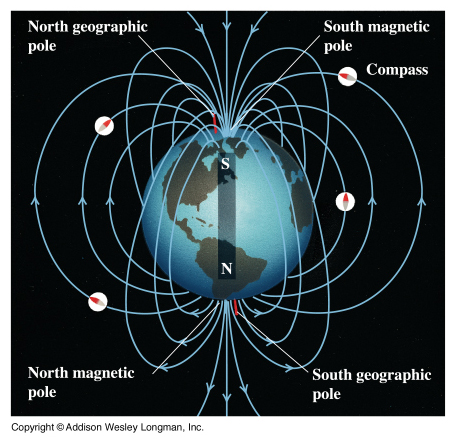
© Mark Hirsch Meteorite hunter Karl Aston of St. Louis, whose in-laws live in Quincy, holds up the meteorite chunk he found in southwest Wisconsin in April, shortly after a meteorite was sighted in the Upper Midwest. The chunk weighs in at 160 grams, the largest piece of the space rock found so far.
When Karl Aston saw a fireball in the sky, his first thought was of chasing it.
The St. Louis research chemist, whose in-laws live in Quincy, hunts for and collects meteorites in his spare time. After a meteorite streaked across the night sky on April 14 as a brilliant fireball visible to the naked eye across the Upper Midwest, Aston traveled to its landing place in rural southwest Wisconsin and found one of the largest discovered chunks of the rock.
Scientists are thrilled by discoveries like Aston's, pointing to the modern rarity of visible meteorites and the clues about space and Earth their remnants provide.
"This is really top-notch science," said Gregg Maryniak, director of the St. Louis Science Center's James S. McDonnell Planetarium, which will display Aston's meteorite chunk later this summer.
Aston took up meteorite hunting and collecting three years ago. He has since networked with many other meteorite hunters around the country, developing "a lot of camaraderie and friendly competition" with them.



Comment: Notice a company name under a photo in this article.